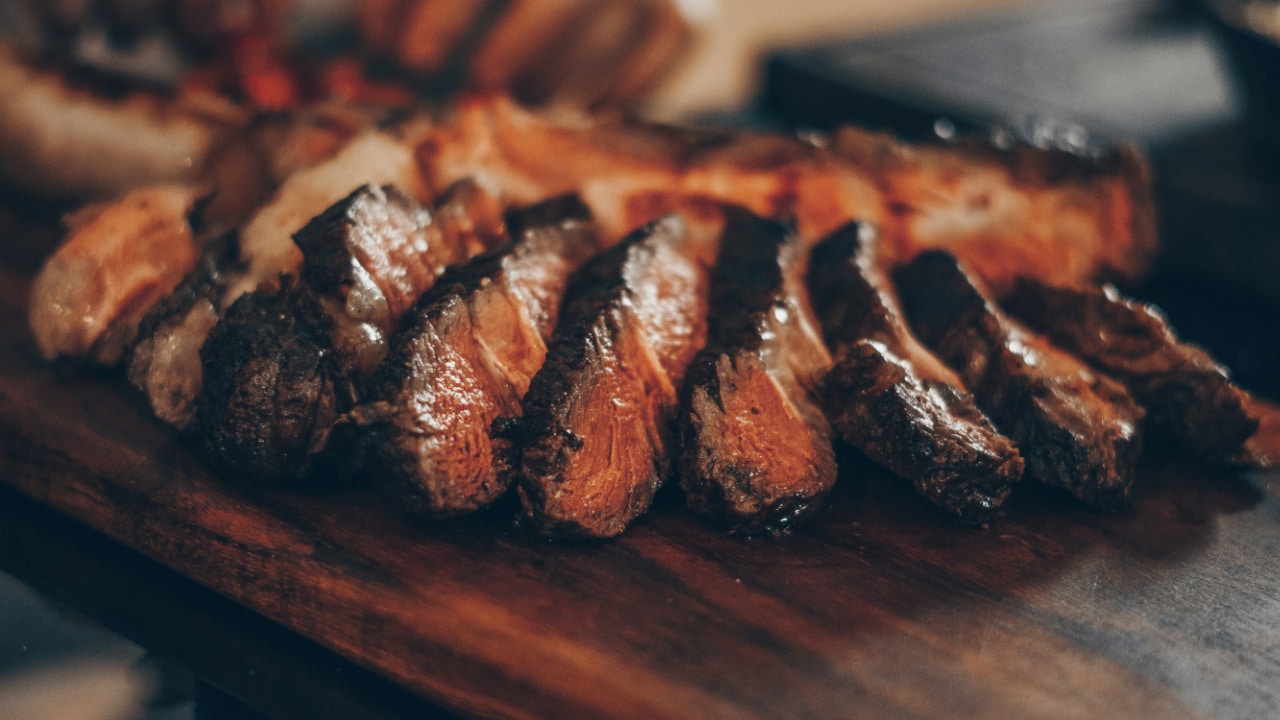Qué?! Leftover Rice Can Cause Food Poisoning Without This Important Step
If you’re like us, then you grew up eating leftover white rice your mom made the day before. You may have eaten it with frijoles, mixed it up with eggs and platanitos, or eaten it alone. No problem, right? As one X user put it, “Day old rice is a staple of the Hispanic diet,” and… no lies detected. Extra points if your mom ever stored leftover rice in a butter container:
Okay, so what is up with all the controversy surrounding reheated rice? Well, social media is going crazy over claims that leftover rice can cause food poisoning due to Bacillus cereus bacteria. Are the claims true? Unfortunately, yes… unless you follow a few important steps.
Are they really taking away our leftover rice now?
The main issue with leftover rice isn’t about reheating it— it’s about how you store the rice after cooking it.
According to a 2021 study published on the National Library of Medicine, rice is often contaminated with spores of the bacteria Bacillus cereus. You may also find B. cereus in other grain-based foods like pasta and quinoa. However, rice may be more likely to contain the spores— which are mainly found in soil— because it is not as processed as other foods.
“Rice grows directly in soil without [much more] transformation before cooking and consumption,” food science professor Rosemary Trout told Bon Appétit. So, the grain’s B. cereus level might be higher than your go-to processed spaghetti.
As explained by Food & Wine, uncooked rice contains B. cereus, and the bacteria spores can survive even after rice is cooked. After that, the bacteria’s optimal growing temperature is between 39°F and 118°F.
This is called the “danger zone,” because if your rice stays at those temperatures for too long… it can technically poison you. Experts say that if you don’t refrigerate your rice quickly after cooking it, B. cereus spores can develop into bacteria. So, avoid leaving cooked rice in a rice cooker, or out on your kitchen counter for an hour or more. We’re shook. Who else is guilty of this?!
If you leave your rice at room-temperature, or anywhere in the “danger zone,” it can develop B. cereus and lead to an upset stomach or food poisoning. As per NHS, you may experience vomiting between 30 minutes to 60 hours after eating, or diarrhea from 6 to 15 hours after. These symptoms usually last 24 hours.
To reduce the risk of this, you should store rice in the refrigerator within an hour after cooking it, and make sure your fridge is at 39 degrees or lower. Experts recommend only leaving rice in the fridge for a “few days,” while the U.S. government website FoodSafety advises four to six days.
One more thing? You shouldn’t reheat rice more than once. Also, once your rice grows B. cereus, reheating it will not kill the bacteria.
Much of this is news to us, because as one X user wrote, growing up Latino means always having some leftover rice:
Another joked that Latinos’ “ancestral practice” of reheating rice is a part of us:
And while many of us have eaten leftover rice countless times, we should tread with caution. So tell your abuela, too!




